Grow Strawberries Indoors? Absolutely! Imagine plucking juicy, sun-ripened strawberries right from your own home, even when it’s snowing outside. Forget those bland, store-bought berries – we’re talking about intensely flavorful, organically grown strawberries at your fingertips. For centuries, cultivating plants indoors has been a symbol of resourcefulness and connection to nature, from ancient Roman greenhouses to Victorian orangeries. Now, you can join this tradition, but with a modern twist!
Let’s face it, not everyone has a sprawling garden or the perfect climate for growing strawberries outdoors. That’s where this DIY guide comes in. I’m going to share some simple, yet effective tricks and hacks to help you grow strawberries indoors successfully. Whether you’re a seasoned gardener or a complete beginner, these tips will empower you to create a thriving indoor strawberry patch. Think of the satisfaction of harvesting your own delicious berries for breakfast, desserts, or just a healthy snack. Plus, it’s a fantastic way to add a touch of green to your living space and boost your mood. So, grab your gardening gloves, and let’s get started on this exciting indoor strawberry adventure!
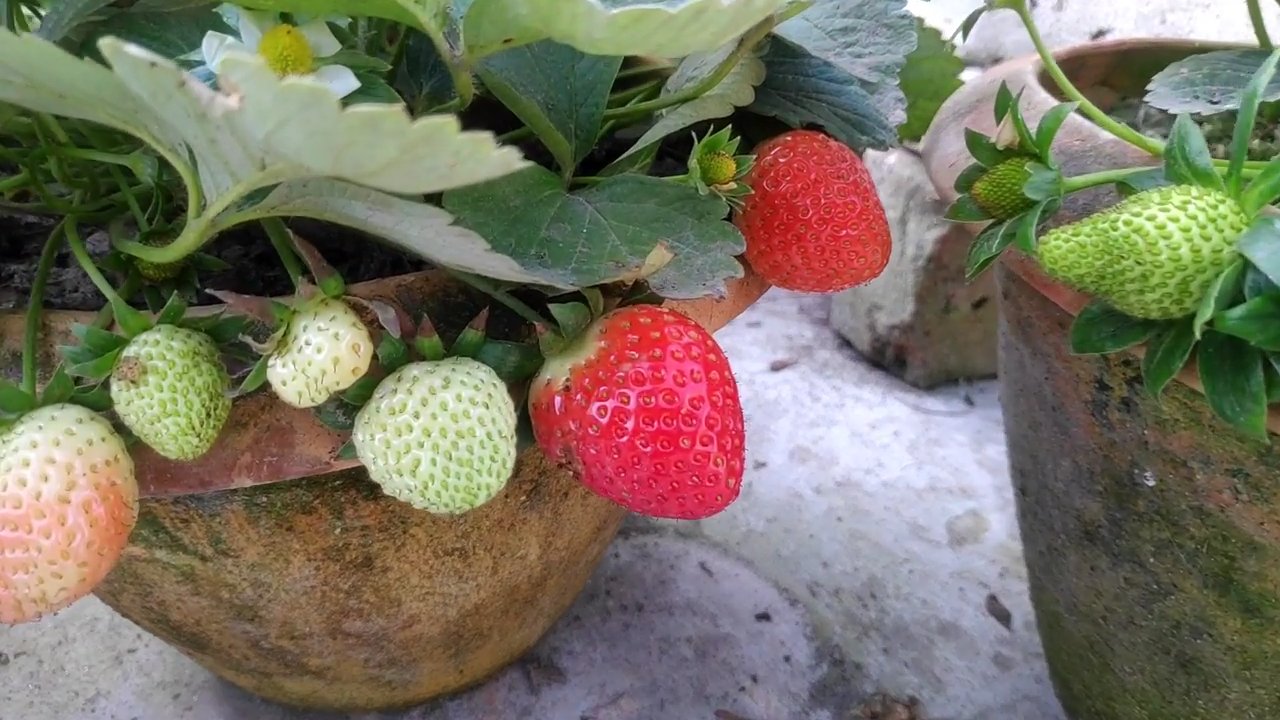
Growing Strawberries Indoors: Your DIY Guide for a Sweet Harvest
Hey strawberry lovers! Have you ever dreamed of picking fresh, juicy strawberries in the middle of winter? Or maybe you just don’t have a garden but still crave homegrown fruits? Then you’ve come to the right place! I’ll show you how you can easily grow strawberries indoors. It’s easier than you think and a lot of fun!
What you’ll need: The Ingredients for Your Indoor Strawberry Garden
Before we get started, let’s make sure you have everything you need. Don’t worry, you can find most of these things at a hardware store or online.
- Strawberry plants: Everbearing varieties like ‘Albion’, ‘Seascape’, or ‘Tristan’ are best suited. They bear fruit over a longer period. You can buy young plants or use runners from existing plants.
- Pots or containers: Choose pots with good drainage. Hanging baskets, balcony boxes, or even simple plastic pots work great. The size should be at least 15 cm (6 inches) in diameter, preferably a bit larger.
- Potting soil: Special strawberry or vegetable soil is ideal, but a high-quality potting soil mixed with some compost works well too.
- Grow lights (optional, but recommended): Especially in winter, when daylight is scarce, grow lights are worth their weight in gold. LED lights are energy-efficient and provide sufficient light.
- Fertilizer: A liquid strawberry fertilizer or an organic fertilizer like horn shavings or compost tea.
- Spray bottle: For moistening the leaves.
- Watering can or similar: For watering the plants.
- Small scissors or garden shears: For removing old leaves and runners.
- Gravel or expanded clay: For drainage at the bottom of the pot.
Step-by-Step Guide: How to Plant Your Strawberries Correctly
Now let’s get down to it! Follow these steps to successfully plant your strawberry plants.
1. Preparing the pots:
- Place a layer of gravel or expanded clay at the bottom of the pots. This ensures good drainage and prevents waterlogging.
- Fill the pots with potting soil, but leave a few centimeters of space at the top.
2. Planting the strawberry plants:
- Carefully remove the strawberry plants from their nursery pots. Gently loosen the roots so they can spread out better in the new pot.
- Place the plants in the prepared pots. Make sure the crown (the transition between roots and leaves) is just above the soil. If you plant it too deep, the plant can rot.
- Fill the pots with soil and press down lightly.
3. Watering:
- Water the strawberry plants thoroughly after planting. The soil should be well-moistened, but not wet.
4. Location:
- Place the pots in a bright location. A south-facing window is ideal. If you don’t have a sufficiently bright windowsill, use grow lights.
The Right Care: How to Keep Your Strawberries Happy and Healthy
For your strawberries to thrive and produce lots of fruit, proper care is crucial.
1. Watering:
- Strawberries like it moist, but not wet. Water regularly, but let the soil dry out slightly between waterings.
- Avoid waterlogging, as this can lead to root rot.
- It’s best to water in the morning so the leaves can dry during the day.
2. Fertilizing:
- Fertilize your strawberry plants regularly, especially during the flowering and fruiting period.
- Use a liquid strawberry fertilizer or an organic fertilizer like horn shavings or compost tea.
- Follow the dosage instructions on the fertilizer package.
3. Pollination:
- Outdoors, strawberries are pollinated by bees and other insects. Indoors, you have to lend a hand.
- You can pollinate the flowers with a small paintbrush. Simply go from flower to flower and distribute the pollen.
- Alternatively, you can gently shake the plants to distribute the pollen.
4. Removing Runners:
- Strawberry plants produce runners. These can rob the mother plant of energy.
- Cut off the runners regularly to direct the energy into fruit production.
- However, you can also use the runners to grow new strawberry plants.
5. Protection from Pests and Diseases:
- Check your strawberry plants regularly for pests like aphids or spider mites.
- In case of infestation, you can combat the pests with a natural insecticide.
- Ensure good ventilation to prevent fungal diseases.
- Regularly remove old or diseased leaves.
6. Light:
- Strawberries need a lot of light to grow well and bear fruit.
- Place the plants in a bright location or use grow lights.
- Make sure the plants get at least 6-8 hours of light per day.
Harvest Time: Finally, Strawberries!
After a few weeks (or months, depending on the variety and conditions), you can finally harvest your own strawberries!
- Pick the strawberries when they are nice and red and ripe.
- Cut the strawberries with a small pair of scissors or garden shears to avoid damaging the plant.
- Enjoy your homegrown strawberries on their own, in cereal, in a cake, or as jam!
Common Problems and Solutions: What to do if things don’t go as planned?
Sometimes things don’t go smoothly. Here are a few common problems and how you can solve them:
- No fruit:
- Possible causes: Too little light, lack of pollination, nutrient deficiency.
- Solutions: Move the plants to a brighter location, pollinate the flowers manually, fertilize the plants.
- Yellow leaves:
- Possible causes: Overwatering, nutrient deficiency, pests.
- Solutions: Water less, fertilize the plants, check for pests.
- Mold:
- Possible causes: Too high humidity, poor ventilation.
- Solutions: Ensure good ventilation, reduce humidity, remove affected leaves.
- Pests:
- Possible causes: Infestation by aphids, spider mites, or other pests.
- Solutions: Combat the pests with a natural insecticide or with home remedies like nettle tea.
Variety Recommendations: Which Strawberry Varieties are Suitable for Indoor Growing?
As mentioned, everbearing varieties are best suited for indoor growing as they bear fruit over a longer period. Here are a few of my favorites:
‘Seascape’: A robust variety that can also cope well with a little less light.
‘Albion’: A very popular variety with large, sweet fruits.
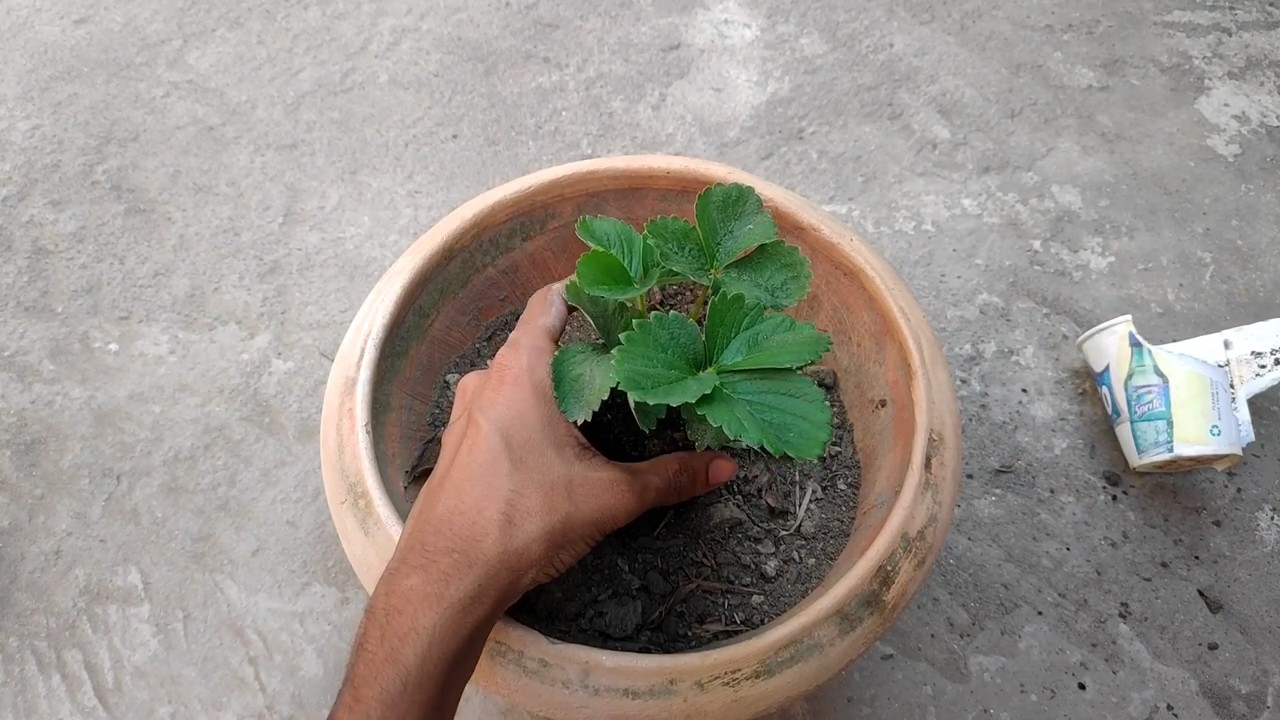
Conclusion
So, there you have it! Growing strawberries indoors might seem like a whimsical dream, but with a little know-how and a touch of patience, you can absolutely enjoy the sweet taste of homegrown berries year-round. This DIY trick isn’t just about having access to fresh fruit; it’s about connecting with nature, even within the confines of your home. It’s about the satisfaction of nurturing a plant from seedling to fruiting, and the joy of sharing the bounty with loved ones.
Why is this a must-try? Beyond the obvious benefit of delicious, pesticide-free strawberries, indoor strawberry cultivation offers a unique therapeutic experience. Tending to your plants can be incredibly relaxing and rewarding, providing a much-needed escape from the stresses of daily life. Plus, it’s a fantastic educational opportunity for children, teaching them about plant life cycles and the importance of sustainable food practices.
But the beauty of this DIY project lies in its adaptability. Feel free to experiment with different strawberry varieties to find your personal favorite. Everbearing varieties are generally recommended for indoor growing, as they produce fruit throughout the season, but don’t be afraid to try day-neutral or June-bearing types as well. Consider using different growing mediums, such as coco coir or perlite, to optimize drainage and aeration. You can also explore hydroponic systems for a more advanced and efficient approach to indoor strawberry cultivation.
Don’t be afraid to get creative with your setup! Vertical planters, hanging baskets, or even repurposed containers can add a touch of personality to your indoor garden. The key is to provide adequate light, proper drainage, and consistent watering.
We wholeheartedly encourage you to embark on this rewarding journey of growing strawberries indoors. It’s a simple yet profound way to bring a little bit of nature into your home and enjoy the sweet rewards of your labor. And remember, the best way to learn is by doing! So, gather your supplies, follow our guide, and get ready to experience the joy of harvesting your own homegrown strawberries.
Once you’ve tried this DIY trick, we’d love to hear about your experience! Share your tips, tricks, and triumphs in the comments below. Let’s create a community of indoor strawberry enthusiasts and inspire others to embrace the joys of homegrown goodness. What variety did you choose? What challenges did you face, and how did you overcome them? Your insights can help others succeed in their own indoor strawberry adventures. Let’s cultivate a thriving community of indoor gardeners, one delicious strawberry at a time!
Frequently Asked Questions (FAQ)
What are the best strawberry varieties to grow indoors?
Everbearing strawberry varieties are generally considered the best choice for indoor growing. These varieties, such as ‘Seascape,’ ‘Albion,’ and ‘Ozark Beauty,’ produce fruit throughout the growing season, providing a continuous harvest. Day-neutral varieties, like ‘Tristar,’ are also suitable, as their flowering and fruiting are not significantly affected by day length. June-bearing varieties, while producing a larger crop all at once, may require more specific light and temperature conditions to thrive indoors. Ultimately, the best variety for you will depend on your personal preferences and growing conditions. Research different varieties and choose one that is well-suited to your indoor environment.
How much light do indoor strawberries need?
Strawberries require a significant amount of light to produce fruit. Ideally, they need at least 6-8 hours of direct sunlight per day. However, if you don’t have access to a sunny window, you can supplement with artificial grow lights. LED grow lights are a popular choice, as they are energy-efficient and provide the full spectrum of light that plants need to thrive. Position the grow lights about 6-12 inches above the plants and adjust as needed to prevent burning. Monitor your plants closely for signs of insufficient light, such as leggy growth or pale leaves.
What type of soil is best for growing strawberries indoors?
Strawberries prefer well-draining soil that is rich in organic matter. A good potting mix for indoor strawberries should consist of a combination of peat moss, perlite, and vermiculite. This mixture provides good drainage, aeration, and moisture retention. You can also amend the soil with compost or other organic matter to improve its fertility. Avoid using garden soil, as it can be too heavy and may contain pests or diseases. Ensure that your containers have drainage holes to prevent waterlogging, which can lead to root rot.
How often should I water my indoor strawberry plants?
Water your strawberry plants regularly, keeping the soil consistently moist but not waterlogged. The frequency of watering will depend on factors such as the size of the container, the type of soil, and the ambient temperature. Check the soil moisture level regularly by sticking your finger about an inch into the soil. If the soil feels dry, it’s time to water. Water deeply, allowing the water to drain out of the drainage holes. Avoid overhead watering, as this can promote fungal diseases.
How do I pollinate my indoor strawberry plants?
Strawberries are self-pollinating, but they still benefit from assistance with pollination, especially indoors where there are no bees or other pollinators. You can hand-pollinate your strawberry plants by using a small paintbrush or cotton swab to gently transfer pollen from one flower to another. Alternatively, you can use a fan to create a gentle breeze that will help to distribute the pollen. Pollinate your plants every day or two when the flowers are open.
How do I fertilize my indoor strawberry plants?
Fertilize your strawberry plants regularly with a balanced fertilizer that is specifically formulated for fruits and vegetables. Follow the instructions on the fertilizer label for application rates and frequency. Avoid over-fertilizing, as this can damage the plants. You can also use organic fertilizers, such as compost tea or fish emulsion, to provide your plants with essential nutrients. Fertilize your plants every 2-4 weeks during the growing season.
How do I deal with pests and diseases on my indoor strawberry plants?
Inspect your strawberry plants regularly for signs of pests or diseases. Common pests that can affect indoor strawberries include aphids, spider mites, and whiteflies. You can control these pests by spraying your plants with insecticidal soap or neem oil. Fungal diseases, such as powdery mildew and gray mold, can also affect strawberries. Prevent these diseases by providing good air circulation and avoiding overhead watering. If you notice any signs of disease, remove the affected leaves or fruit and treat the plants with a fungicide.
How long does it take for indoor strawberry plants to produce fruit?
The time it takes for indoor strawberry plants to produce fruit will depend on the variety, the growing conditions, and the age of the plants. Generally, you can expect to harvest your first strawberries within 2-3 months of planting. Everbearing varieties will continue to produce fruit throughout the growing season, while June-bearing varieties will produce a larger crop all at once. Be patient and provide your plants with the care they need, and you will be rewarded with a bountiful harvest of delicious strawberries.

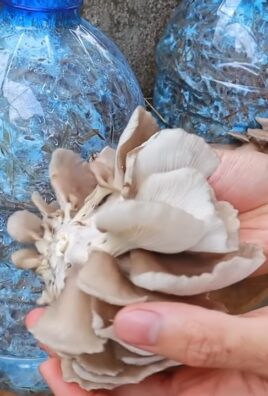
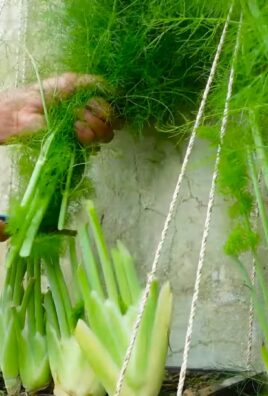
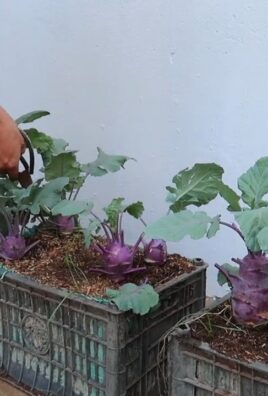
Leave a Comment